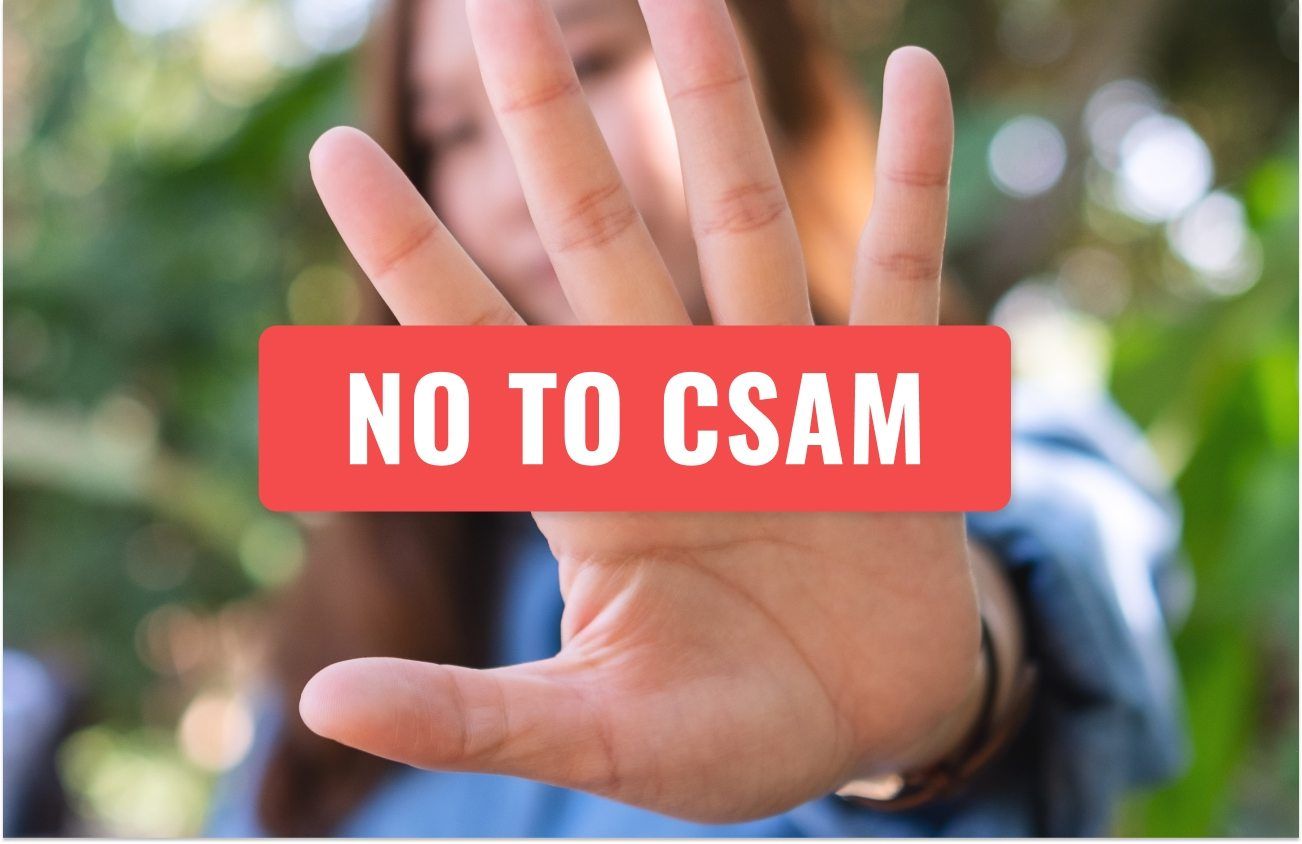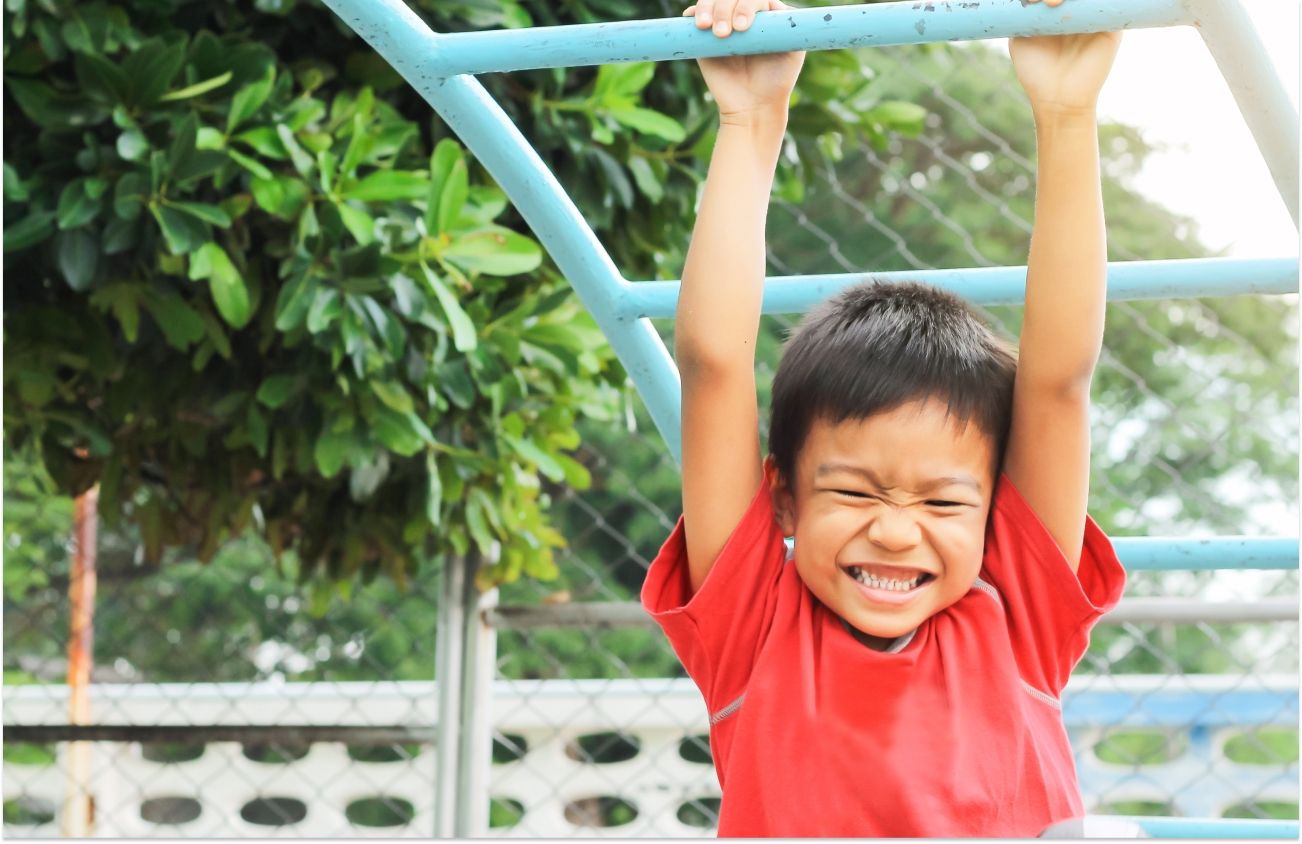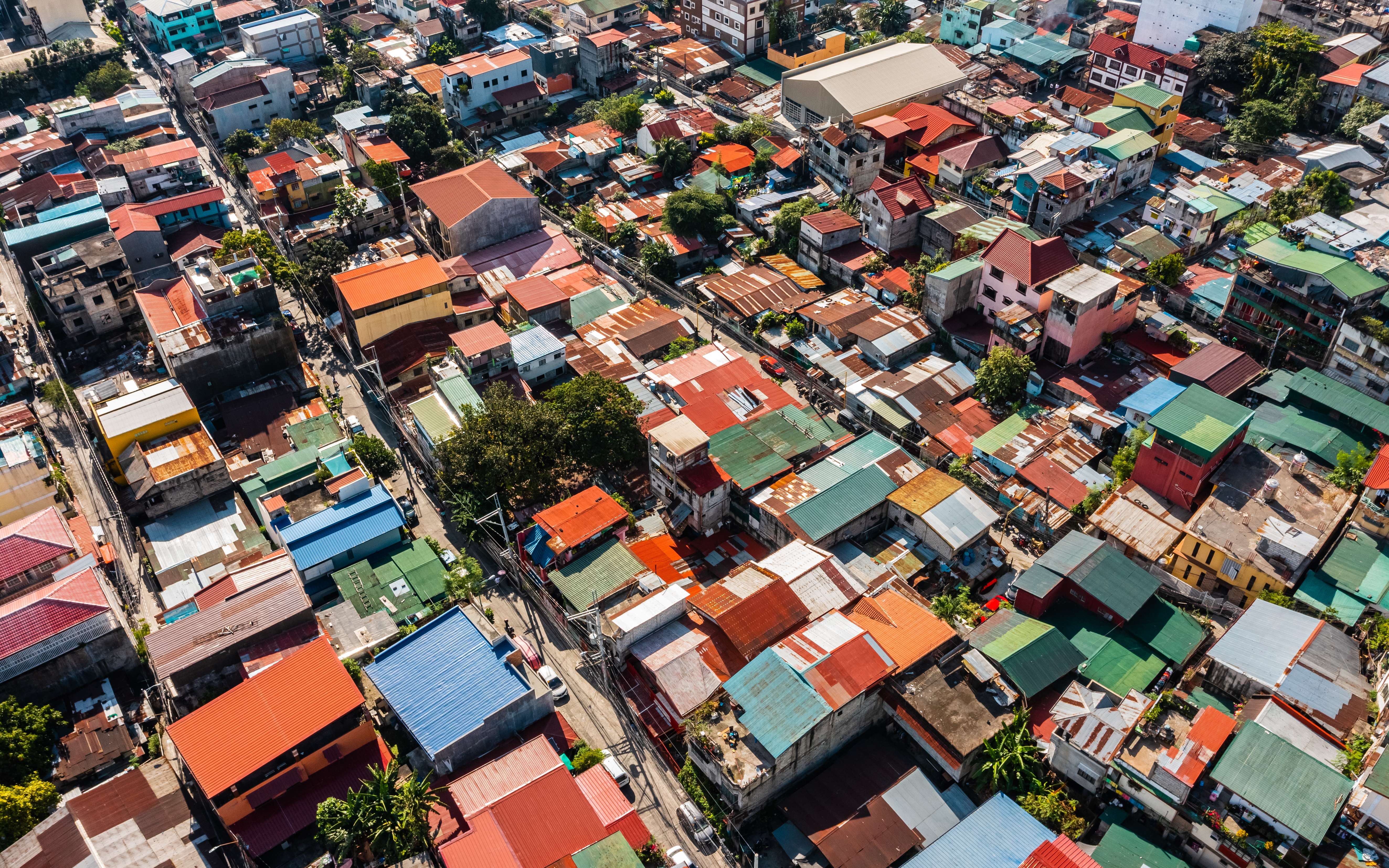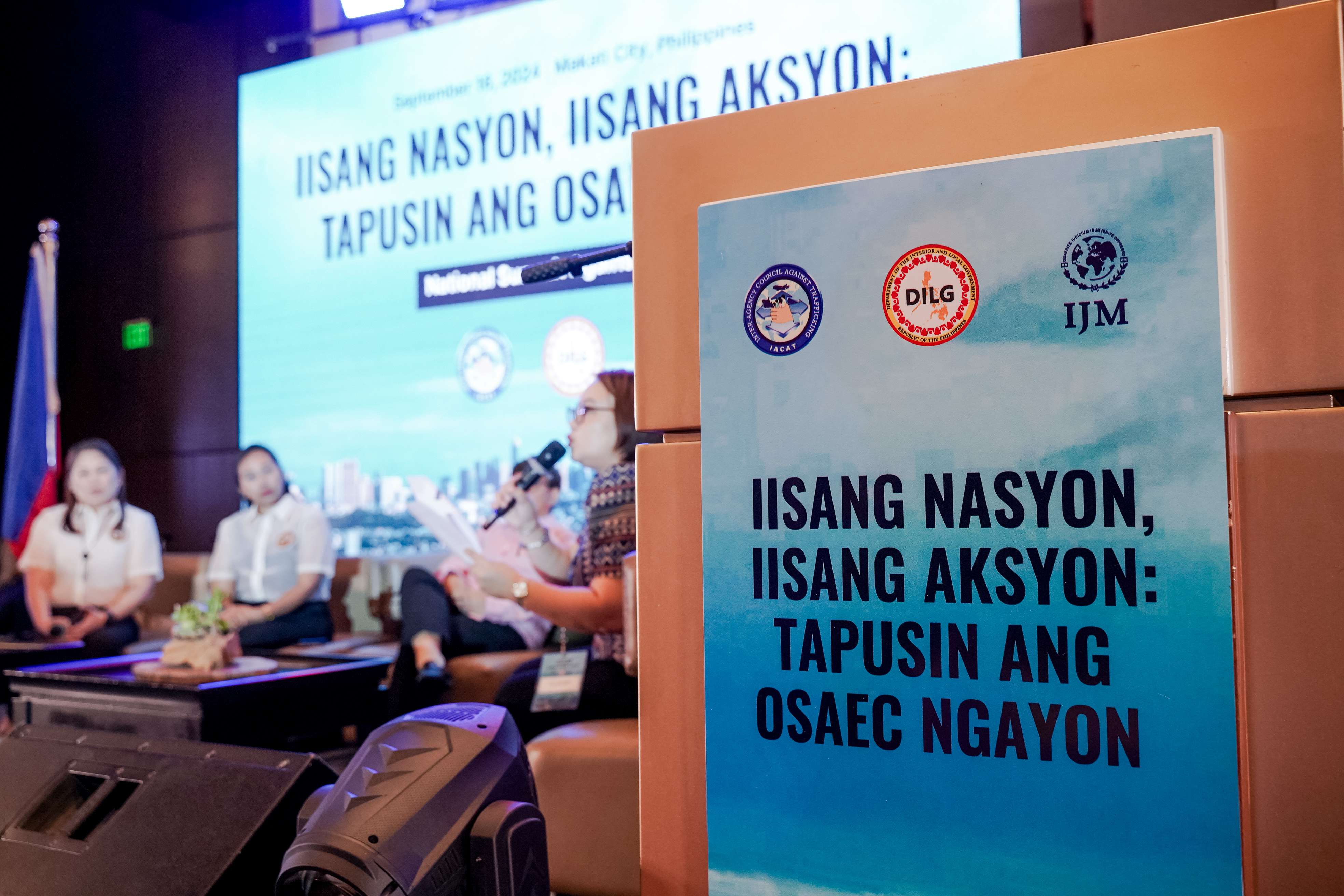
MANILA, PHILIPPINES – In combating the livestreaming of child sexual abuse, Internet Service Providers (ISPs) have an important role to play, along with tech platforms and financial sector institutions.
International Justice Mission (IJM) reviewed related literature and has proposed recommendations for ISPs in its technical paper, “Philippine ISP Visibility: Technology, Limitations, and Recommendations Related to Combating the Online Sexual Exploitation of Children.”
The paper, principally authored by Caleb Carroll, Internet Crimes Against Children Specialist at IJM Philippines, recommends that ISPs:
- maintain logs, for a reasonable and specific time, of the subscriber they assign an IP address to at a given date and time;
- complete the IPv4 to IPv6 transition to reduce the volume of times a particular IP address must be recycled; and
- obtain memberships in organizations that can provide regularly updated URL lists linked to child sexual exploitation materials (CSEM) to block those particular sites (one such organization is the Internet Watch Foundation).
“ISPs may lessen the volume of CSEM on the internet by adopting these measures, but it will take a cross-industry approach to completely address the problem. The main challenge right now is detecting in real-time the livestreaming of child sexual exploitation, which is on the rise. We have existing digital tools, like the PhotoDNA, to identify known or previously classified CSEM. But there is lack of technology deployed to detect child sexual abuse as it is being livestreamed. If tech companies can invest in developing AI tools for this purpose, it will make a huge impact on the fight to end the online sexual exploitation of children,” Carroll said.
The National Center for Missing and Exploited Children recently revealed that the number of images, videos and other files related to child sexual exploitation that were reported to them in 2020 grew by 31 percent, from 16 million in 2019 to 21 million in 2020. It attributed this increase to the rise of livestreamed child sexual abuse along with the COVID-19 lockdowns 1.
A July 2020 report by the Organization for Security and Co-operation in Europe’s Office for Democratic Institutions and Human Rights (OSCE-ODIHR) and UN Women also noted livestreaming as an emerging way to sexually exploit children during the period of COVID-19 emergency measures 2.
IJM’s paper was presented to the Technical Working Group of the Inter-Agency Council Against Child Pornography on October 15, 2020. To access the paper, click here.












